50 years ago, the English country house seemed headed for extinction. Instead it was the start of a new golden age
Rather than perceiving the mid 20th century as a troubled period in the history of the country house, John Martin Robinson argues that it was perhaps one of the most interesting, unexpected and enterprising. All photography from the Country Life Image Archive, by June Buck, Paul Barker, Val Corbett, Will Pryce and Paul Highnam.
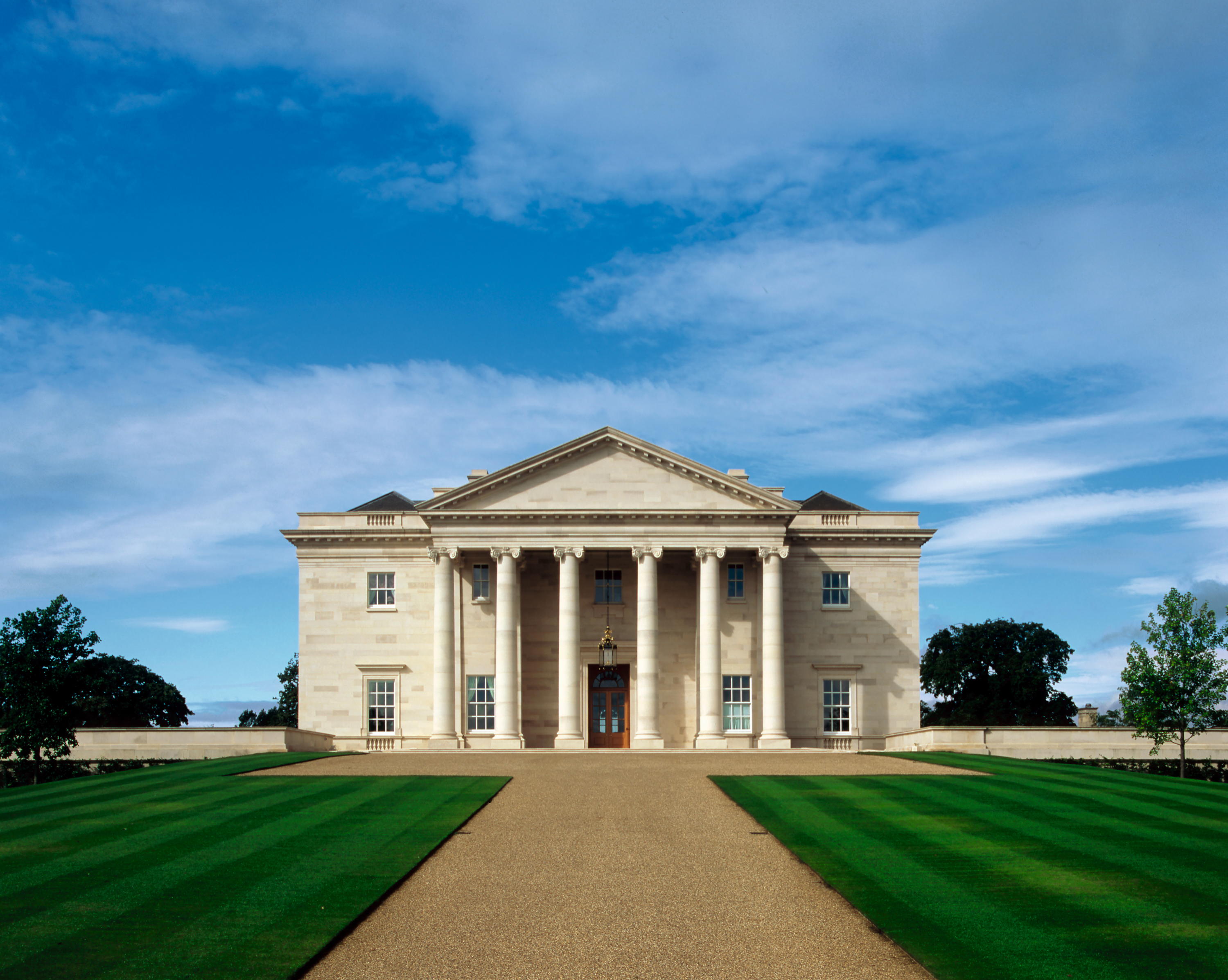

As the striking title suggests, ‘The Destruction of the Country House’ exhibition at the V&A Museum, which opened in the winter of 1974/75, aimed to draw attention to the scale of demolitions of historic houses in Britain over the previous 50 years. Its polemic struck home. The shocking display captured the popular imagination and had a significant impact on wider public perceptions and policy. In the process, a much more positive framework for the preservation of historic houses in Britain was established.
The timing of the exhibition was excellent. 1975 had been designated European Architectural Heritage Year, emphasising the importance of the ‘built heritage’. There was also a new Labour Government that — despite talk of ‘wealth taxes’ — introduced the Finance Act of 1976. This made it possible to set up charitable trusts specifically to preserve historic buildings and establish maintenance funds for country houses. Margaret Thatcher’s government, which followed in 1979, established the National Heritage Memorial Fund to give substantial grants and Michael Heseltine widened and strengthened the preservation net by instigating a comprehensive updating of the lists of historic buildings. Once again, it is now due for further revision.

Fig 2: Castle Howard, North Yorkshire, where a tapestry room has just been completed.
The V&A exhibition was thus the catalyst for beneficial developments over succeeding decades. In particular, it offered country houses a new place in the public sphere, offering them a raison d’être as part of the ‘national cultural heritage’. In the process, and funded by a period of relative prosperity, changes begun after the Second World War, with the listing of historic buildings from 1947, the Gowers Report into the future of country houses, the National Trust Country House Scheme, Historic Buildings Council grants and widespread public-opening initiatives, accelerated rapidly. The cumulative result was a remarkable revival in the decades on either side of the millennium and a burst of creative architectural conservation.
Nevertheless, without underestimating the scale of the destruction — nearly 2,000 houses in the middle decades of the 20th century — to some extent the exhibition skewed the picture. The recent history of the country house was not totally negative or as depressing as depicted. After all, the 20th century was an especially destructive era, with two cataclysmic World Wars, sporadic civil wars, vast economic disruption and violent revolution.
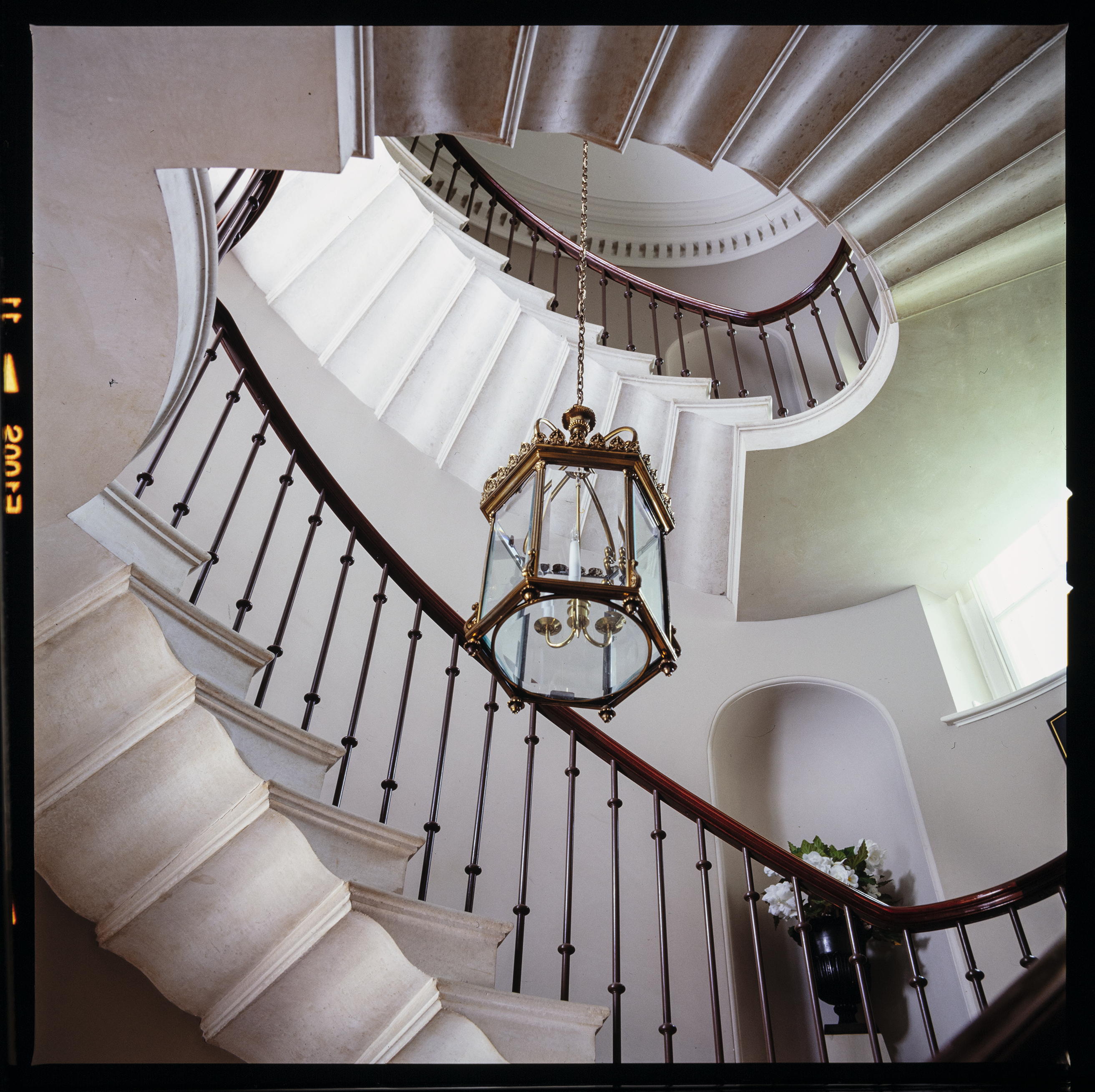
Fig 3: The cantilever stair of Henbury, Cheshire, by Julian Bicknell
These affected the whole of British life, the economy and social structures, not only country houses. Historic towns, London townhouses and industrial structures arguably suffered more grievous depredations. Indeed, considering the historical background, it was perhaps surprising that so many country houses, about 7,000, survived into the 1970s.
The story of mid 20th-century decline is, therefore, nuanced. Many 1950s demolitions were a consequence of requisitioning and neglect. At first, it was difficult to carry out repairs because of the rationing of building materials that had been introduced in 1941 under Defence Regulation 56A (and which the Attlee government perpetuated afterwards). It was only after the Conservatives came to power in 1951 that Harold Macmillan phased that out, making extensive repairs possible.
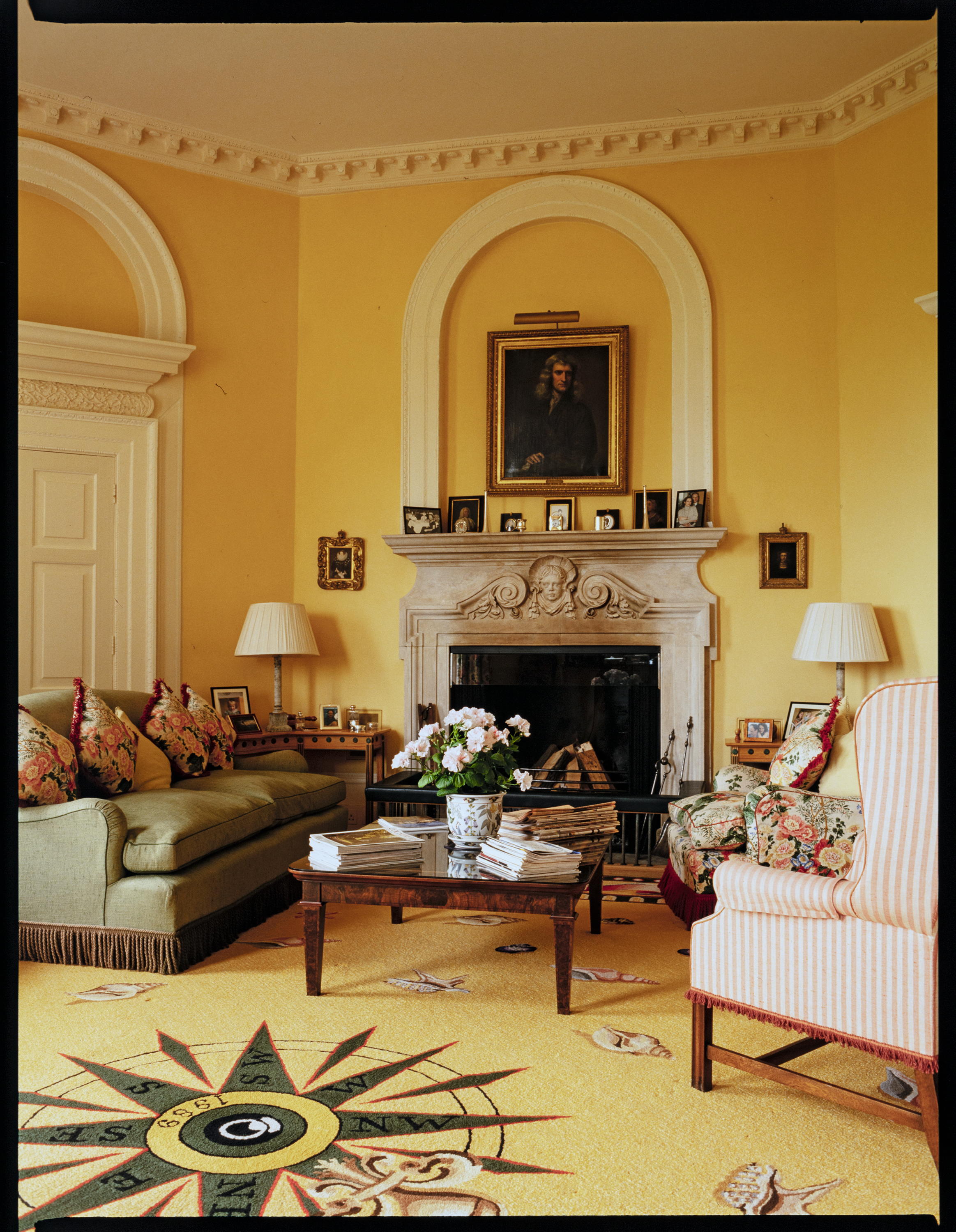
Fig 4: The Octagon Room of Farleigh House, Hampshire, refurnished in 1989.
At the same time, Rab Butler as Chancellor of the Exchequer lowered taxes and introduced mild economic reforms. Attlee had kept war-time protection of agriculture in place and this led to a 30-year rise in farm incomes and the value of land. From the mid 1950s, there was a steady rise in the stock market, too, significant because, since the late 19th century, most landowners had invested a large proportion of their capital in stocks and shares. As a result, despite death duties (avoidable) and relatively high income tax, there was the money and confidence for capital projects.
Exquisite houses, the beauty of Nature, and how to get the most from your life, straight to your inbox.
As a consequence, although demolitions included irreplaceable losses, notably Coleshill in Berkshire, Nuthall Temple in Nottinghamshire, Stoke Edith in Herefordshire and Eaton Hall in Cheshire, nearly all the greatest English country houses survived this period. These included Chatsworth, Derbyshire; Arundel, West Sussex (Fig 8); Burghley, Lincolnshire; Blenheim, Oxfordshire; Hatfield, Hertfordshire (Fig 6); and Wilton, Wiltshire (Fig 9). Not only that, but, as soon as requisitioning ended in 1947, these houses were put together again, their furnishings reassembled and the buildings themselves opened.
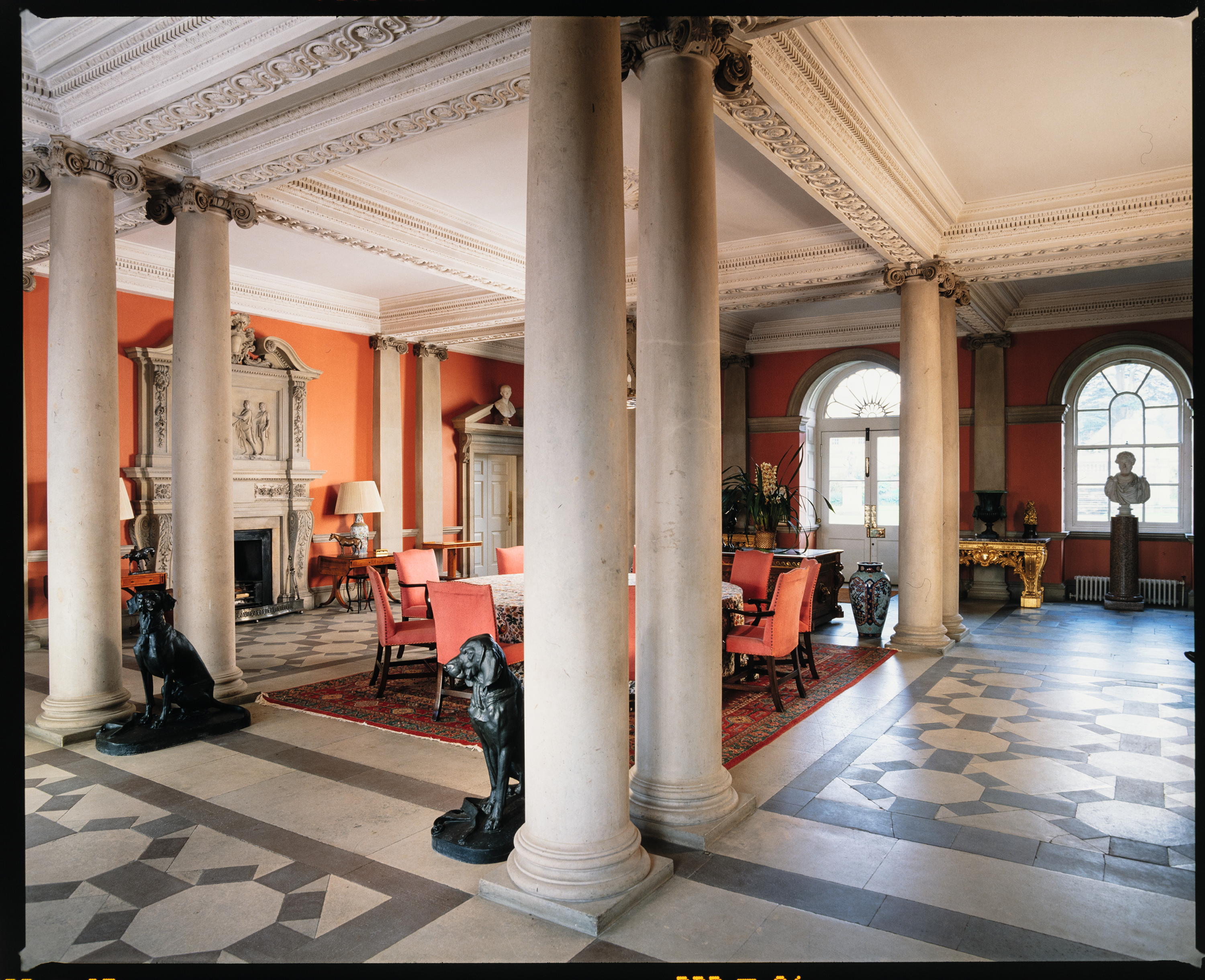
Fig 5: The hall of Woburn Abbey, Bedfordshire, which was re-occupied by the family in the 1950s.
The opening of houses to the public after the war was a key development. Houses had, of course, been open to respectable visitors for centuries, but such opening now became a properly run business with entrance charges, the provision of subsidiary facilities and professional management with dedicated staff. Whereas, before the war, entrance charges were given to hospitals and local charities, now they went towards the upkeep of the building itself and paid for running costs, including staff, rates and heating. Opening was encouraged as a condition of Historic Buildings Council grants, which led to increasing numbers of houses welcoming paying visitors.
All the houses that reopened after the war on commercial lines have survived, even if the family did not themselves move back immediately into the house. Certain owners, led by the Marquess of Bath, the Duke of Bedford and Lord Montagu of Beaulieu, pioneered largescale ‘stately home’ businesses attended with much publicity and others followed their lead. Wide car ownership and recreational travel in the 1950s underpinned this new business ethos and house-visiting ‘democratised’ them, so that they came to be seen as friendly national possessions rather than other worlds belonging to an exclusive social stratosphere. It’s a view reflected, for example, in the affectionate cartoons by the likes of Giles in the national press.
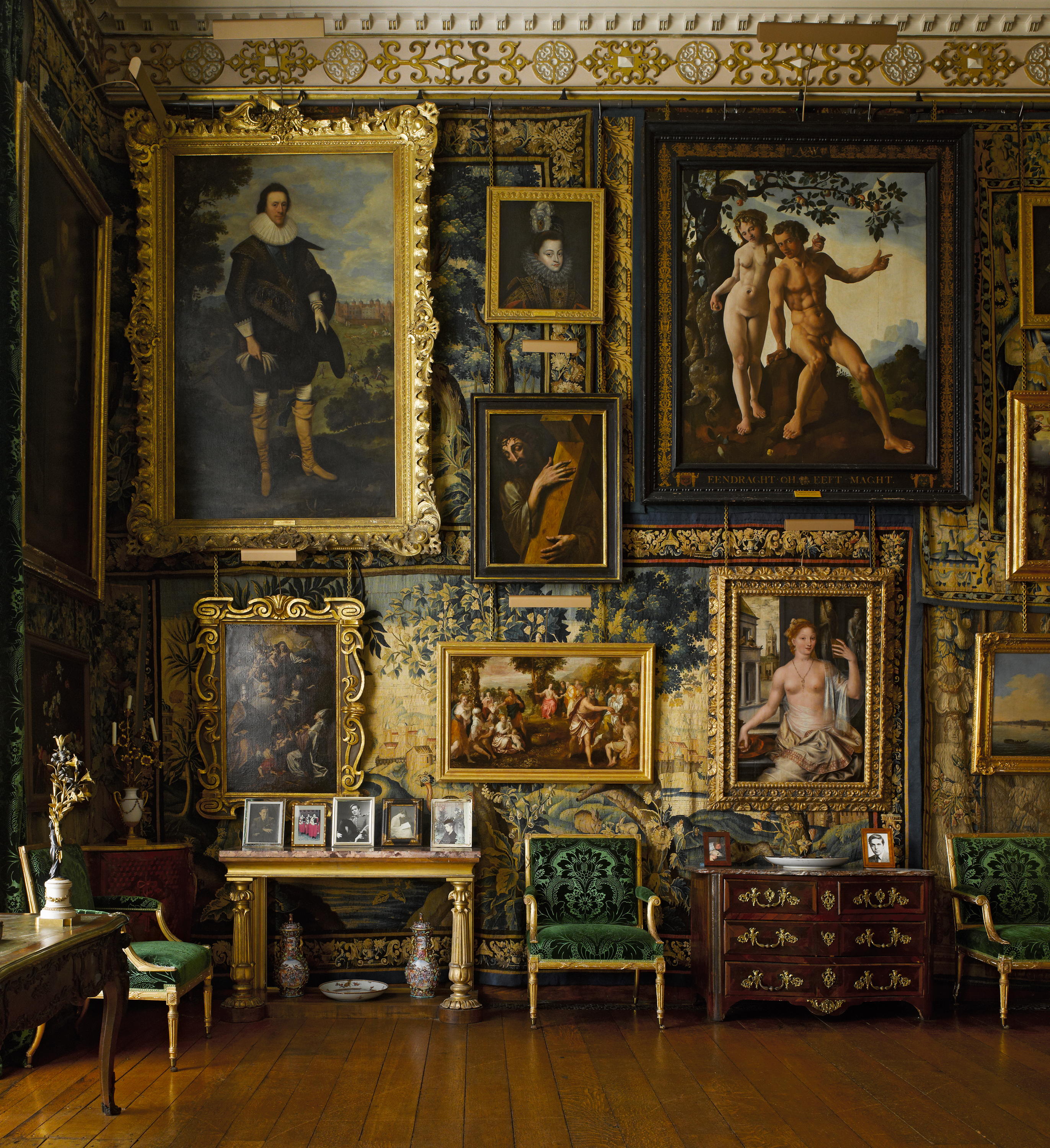
Fig 6: The King James Drawing Room at Hatfield House, Hertfordshire, with paintings hung over tapestry in a scheme conceived by Alec Cobbe.
The key years in the post-war revival of the English country house were the mid 1950s, when the Dukes of Bedford and Devonshire made the decision to move back respectively into Woburn Abbey (Fig 5), Bedfordshire, and Chatsworth and to restore them as lived-in family homes, as well as splendid show places. Many owners — or their wives — found they had a natural flair for running houses as lived in, commercial ‘stately homes’. Such was the case with the Marquess of Hertford at Ragley Hall, Warwickshire, George Howard at Castle Howard, North Yorkshire (Fig 2), and, above all Debo, Duchess of Devonshire at Chatsworth, demonstrating what could be done against considerable odds.
Losses, meanwhile, actually focused on middling houses in a poor state after the war, including Georgian houses that had been radically altered, Victorian houses, then seen as of little importance, or those situated in industrialised and urbanised areas where people did not want to live. Added to which, a significant number of houses demolished in the 1950s and 1960s were replaced by often well-designed neo-Georgian structures that helped to keep alive the Classical tradition in English architecture when nearly all public and ‘social’ buildings were resolutely Modernist. New houses of considerable distinction included Okeover Hall in Staffordshire by Marshall Sisson, Kings Walden Bury, Hertfordshire (Fig 10), by Raymond Erith and Quinlan Terry, Garrowby, East Yorkshire, by Francis Johnson, Henbury Hall, Cheshire (Fig 3), after an idea by Felix Kelly, and Meols Hall, Merseyside, by its owner Roger Hesketh.
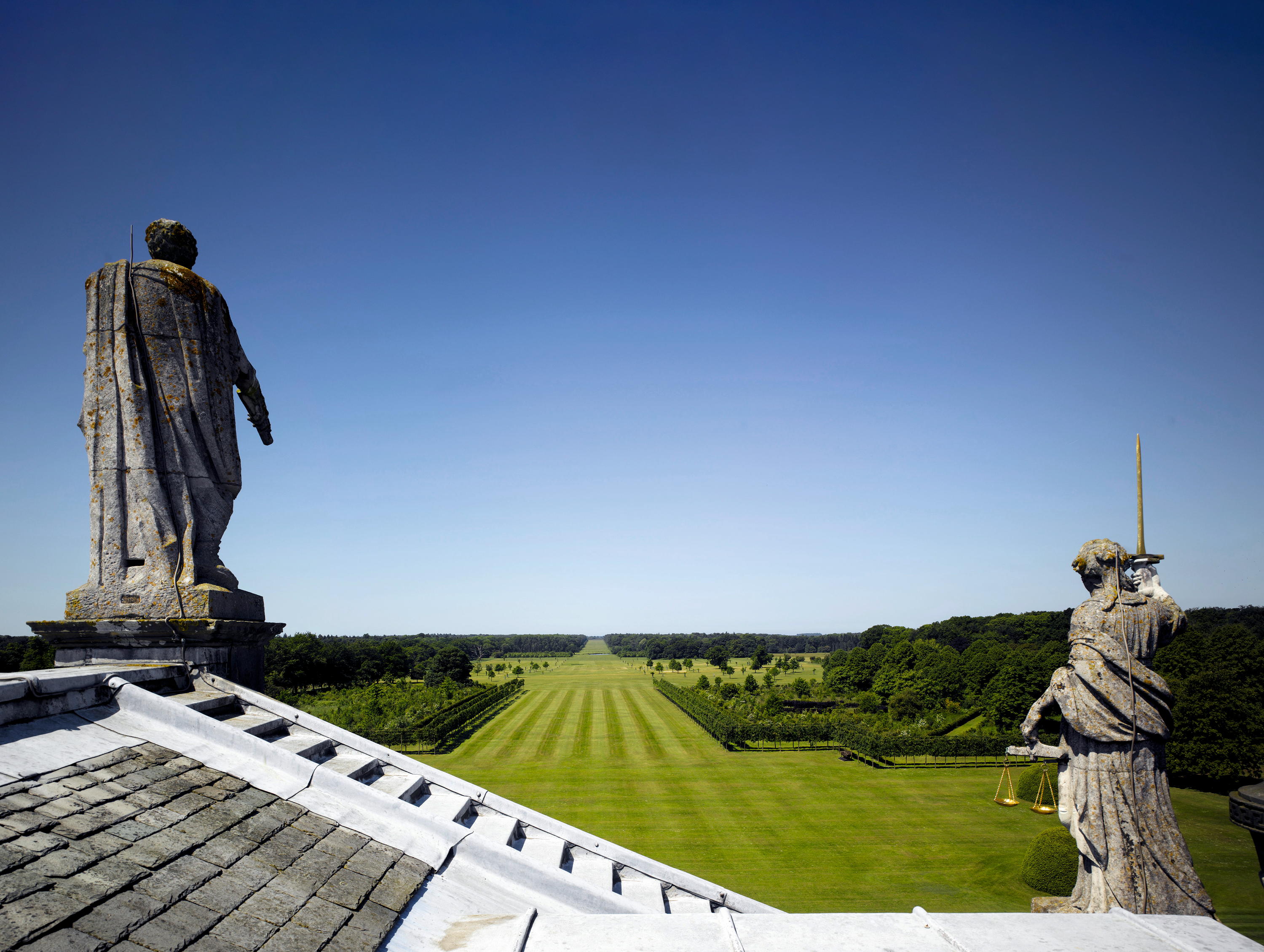
Fig 7: The view from the roof of Houghton Hall in Norfolk, showing the newly planted, 1¾-mile pleached-lime avenues.
The most important houses were gradually restored and opened to the public as tourist destinations. They also adapted to social and technological change with the revolution of the domestic side, the phasing out of live-in servants, the sweeping adaptation of mechanical aids and the transformation of the kitchen into an American-style family room.
There has been a continuous programme of scholarly rearrangement and care of the contents and often stylish redecoration by a series of famous decorators — John Fowler, David Hicks, David Mlinaric — who in the process created a style that has been fashionable on both sides of the Atlantic, and launched flotillas of colour-illustrated books.
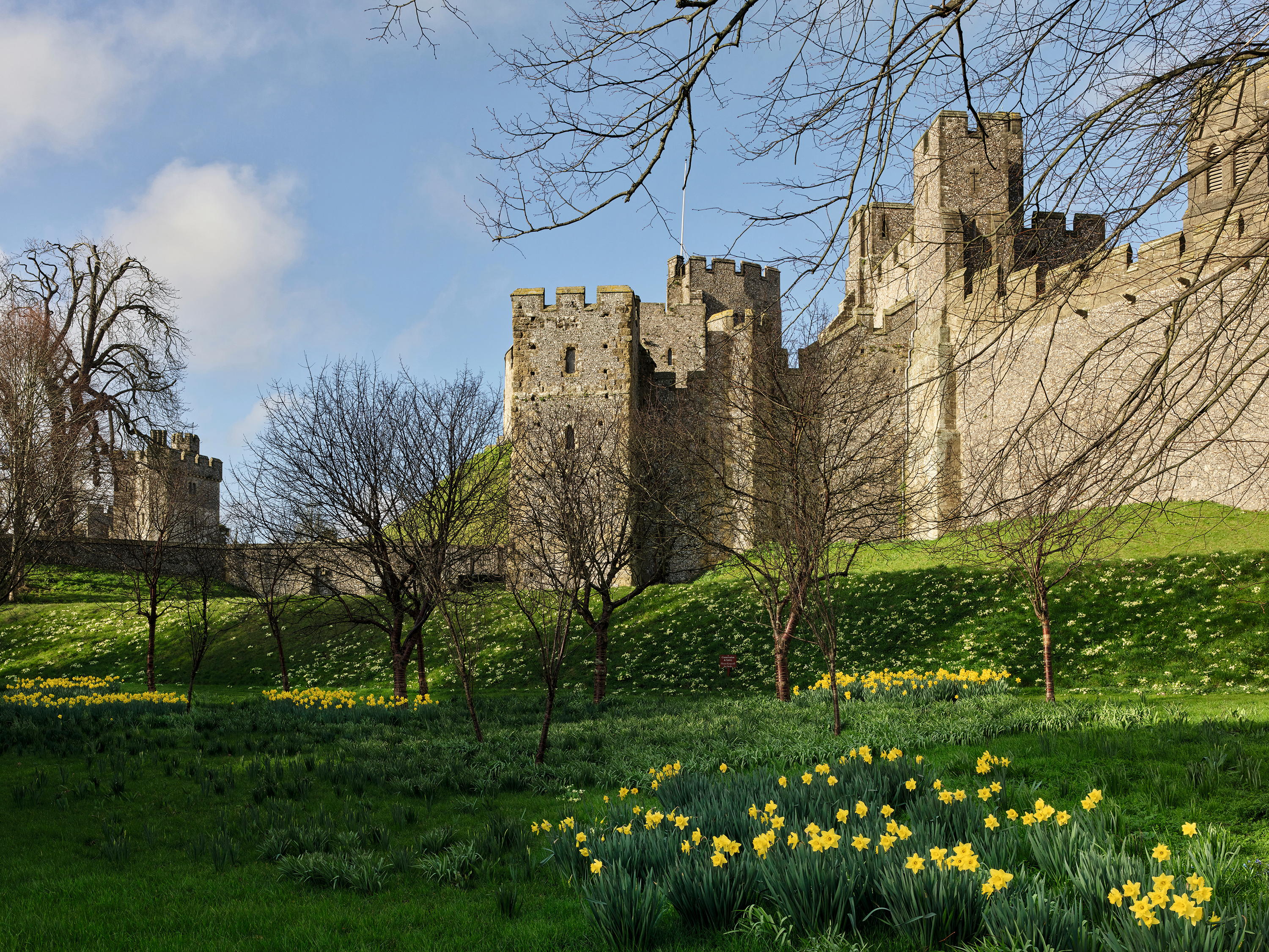
Fig 8: Arundel Castle, West Sussex, its declining fortunes heroically reversed in the 20th century.
The 1950s laid the base for the exhibition renaissance that followed the V&A and flourished through the 1980s and 1990s and into the 2000s. Those decades saw not only the continuing revival of old-established houses, but the return of places that had been in long-term institutional use to family occupation. Trail blazers were Lord Feversham at Duncombe Park, North Yorkshire, which he refurbished after its years as a girls’ school, and the Earl of Portsmouth, who evicted the prep school he had disliked attending from Farleigh House, Hampshire (Fig 4), as soon as there was a break clause in the lease.
A major new development was the acquisition of substantial houses and their restoration by the beneficiaries of the Thatcher economic revolution. Every county has splendid examples of salvation by new money. Perhaps even more spectacular was the burst of new houses built by similar patrons, such as, in Oxfordshire, Sir William Whitfield’s Tusmore Park (Fig 1) for Wafic Said and Philip Jebb’s Glympton Park, as well as Nicholas Johnston’s ambitious extensions to Wormsley in Buckinghamshire for Sir Paul Getty.

Fig 9: The softly illuminated upper cloister at Wilton in Wiltshire, once again redisplayed with its 17th-century collection of sculpture.
Such new seats were the culmination of a trend that had been continuous from the 1950s onwards. Post-war new country houses were largely constructed in the Classical style and several talented architects specialised in creating them. Doyen Claud Phillimore designed nearly 40 new houses, often with understated exteriors, but beautifully detailed interiors. Francis Johnson of Bridlington, East Yorkshire, was responsible for a distinguished group of new houses, such as Settrington in North Yorkshire, Sunderlandwick in East Yorkshire and Hilborough House in Norfolk for the van Cutsem family. Raymond Erith’s practice was perpetuated by Quinlan Terry, whose Palladian designs included Waverton House for the Hambros in Gloucestershire. There was also a network of regional specialists in house design, such as Sir Martyn Beckett in Yorkshire, James Fletcher-Watson in Norfolk and Anthony Jaggard in Dorset. The pace and quality of new houses increased after 1980 with a younger generation, including Francis Terry, who worked with his father, Quinlan, on the design of Ferne Park in Wiltshire for Viscount and Viscountess Rothermere, and George Saumarez Smith and Hugh Petter of the ADAM practice based in London and Winchester.
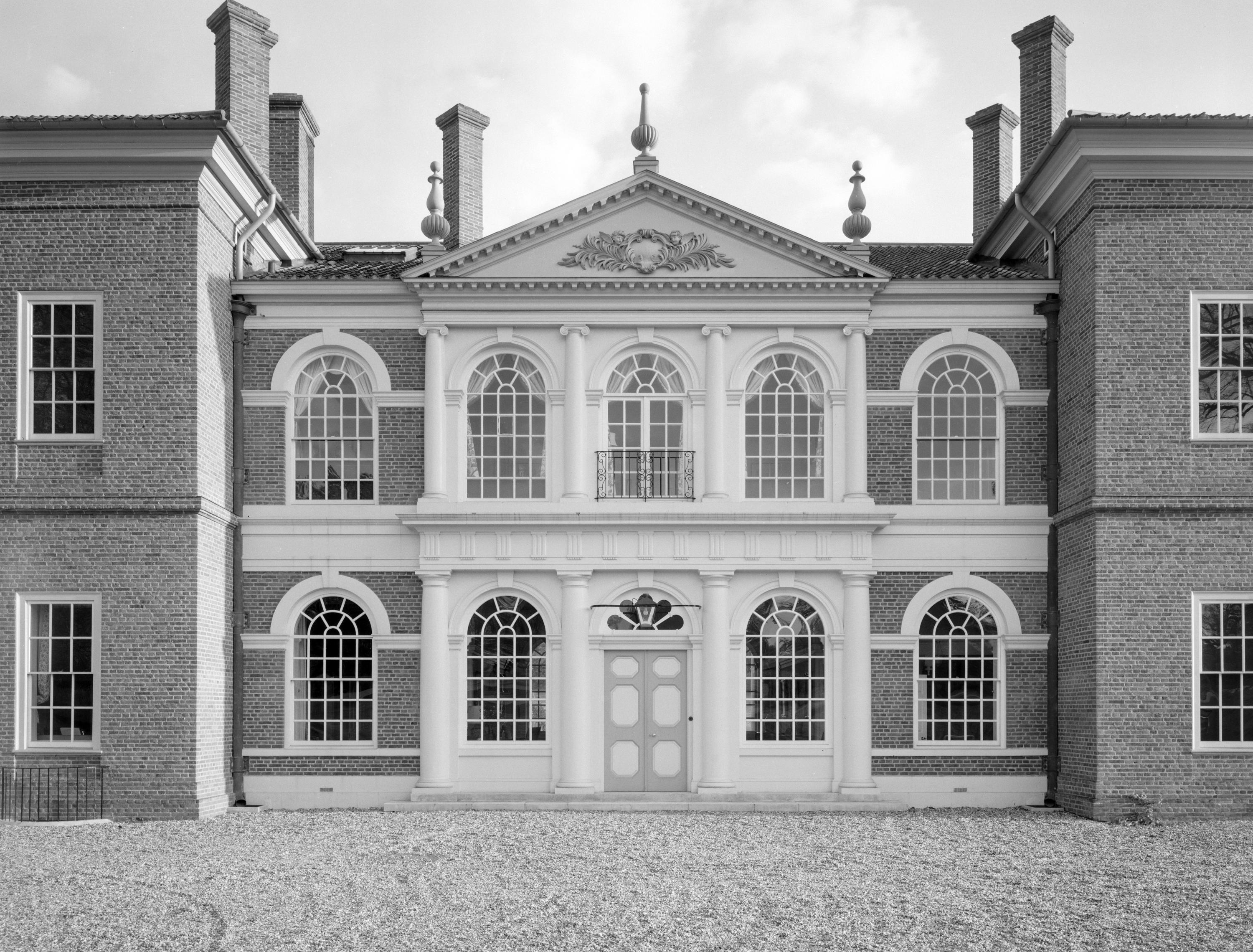
Fig 10: Kings Walden Bury, Hertfordshire, built in 1971 by Raymond Erith and Quinlan Terry.
The new houses built in England in the past 30 years on traditional landed estates include buildings of a quality and on a scale to compare to the best work produced by the ‘Domestic Revival’ before the First World War, which are often seen as the last of their kind. Far from it. Alongside the new-builds, there have been extremely ambitious restorations by their ancestral owners of the greatest historic family seats, of which Arundel Castle, Chatsworth, Burghley, Wilton, Houghton Hall in Norfolk (Fig 7), Althorp and Apethorpe Palace in Northamptonshire and Waddesdon Manor in Buckinghamshire have all been extensively described and illustrated in Country Life.
The scale and quality of what has been achieved since 1975 was not foreseen by the V&A exhibition and makes the work of the past 50 years a high point in the long history of the English country house.
The Country Life Image Archive contains more than 150,000 images documenting British culture and heritage, from 1897 to the present day. An additional 50,000 assets from the historic archive are scheduled to be added this year — with completion expected in Summer 2025. To search and purchase images directly from the Image Archive, please register here
-
 A slick looking off-roader that's a far cry from its rustic rural roots — Volvo EX30 Cross Country
A slick looking off-roader that's a far cry from its rustic rural roots — Volvo EX30 Cross CountryThe latest iteration of Volvo's Cross Country is flashy, fast and stylish. But is that what a Volvo Cross Country is supposed to be?
-
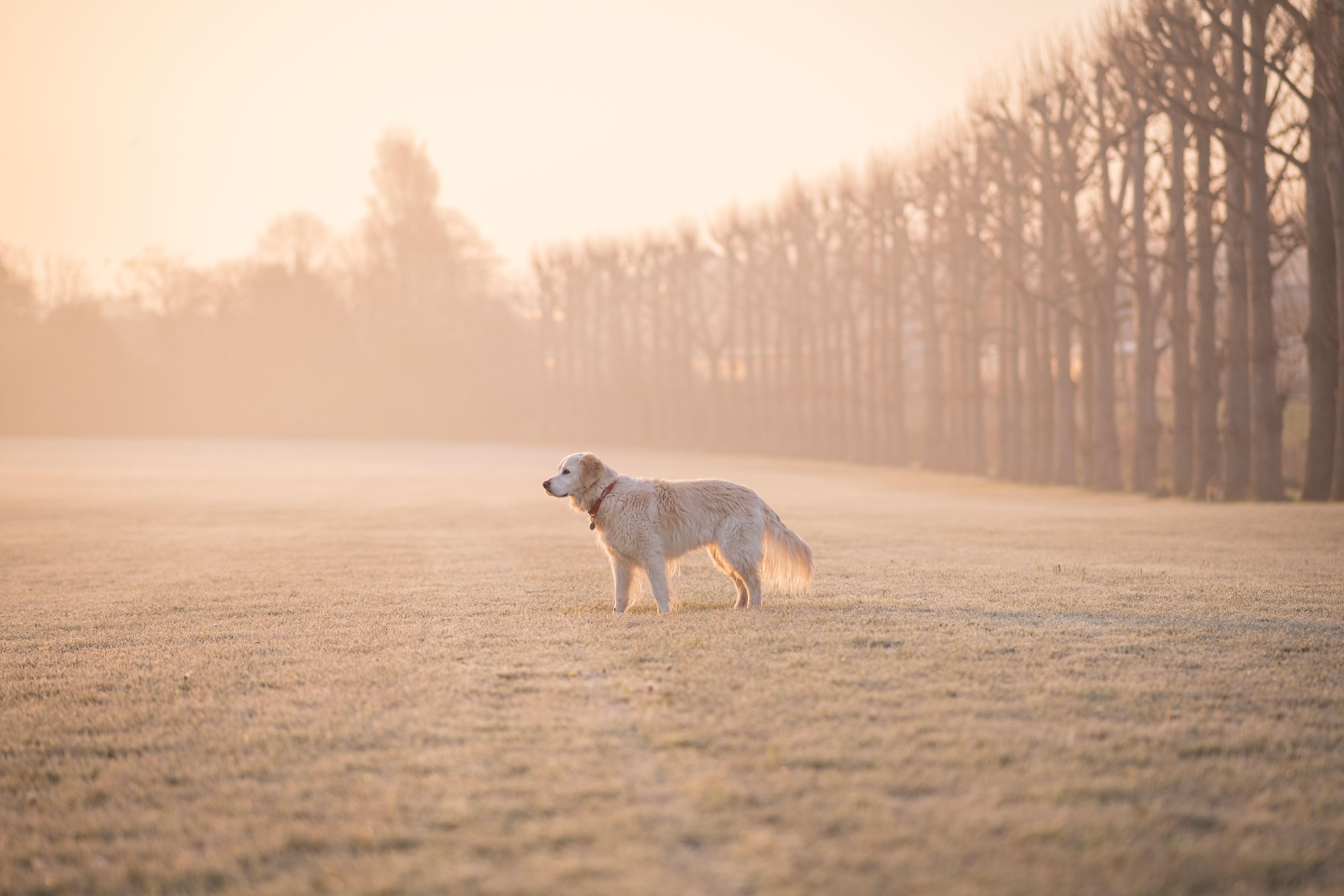 The golden retriever: The world’s most likeable dog almost didn’t exist at all
The golden retriever: The world’s most likeable dog almost didn’t exist at allThey’ve been popping up everywhere this week — on the Tube, at Christmas parties and in the news — so it feels like the perfect moment to talk about the dog breed we’re lucky to have.
-
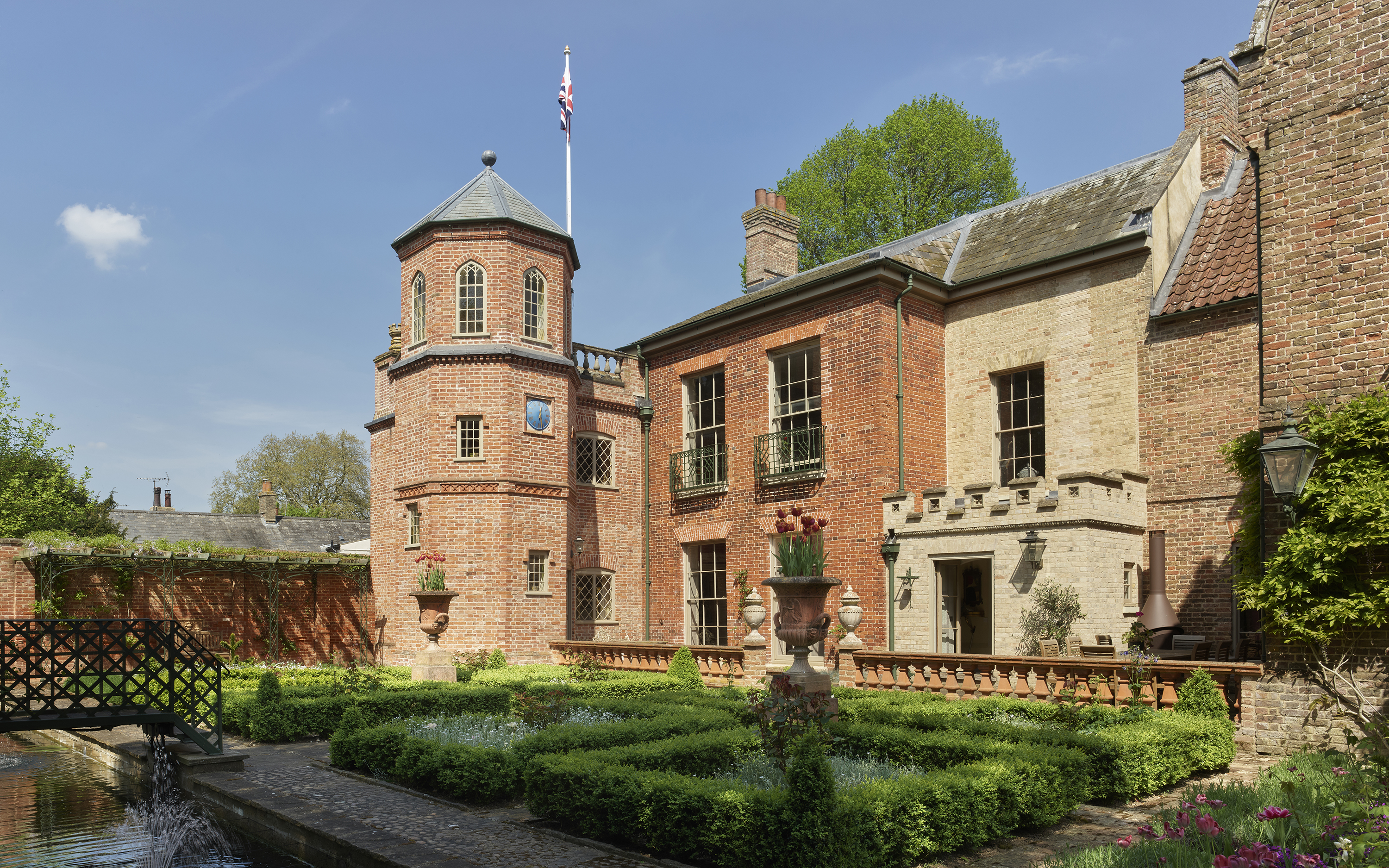 Northwold Manor: 'A place of delight once more after half a century of chaos and neglect'
Northwold Manor: 'A place of delight once more after half a century of chaos and neglect'A heroic restoration project has transformed Northwold Manor in Norfolk — home of Professor Warwick Rodwell and Ms Diane Gibbs — after more than 50 years of being left neglected. It has also illuminated its remarkable history, as John Goodall explains; photography by Paul Highnam for Country Life.
-
 53 years ago, a Wren masterpiece was replaced with a glorified roundabout. We must not make the same mistake again
53 years ago, a Wren masterpiece was replaced with a glorified roundabout. We must not make the same mistake againThe plans to rid Christ Church Newgate Street of traffic should be cause for celebration — but a mistake as bad as the one made in the 1970s is about to happen, says Ptolemy Dean.
-
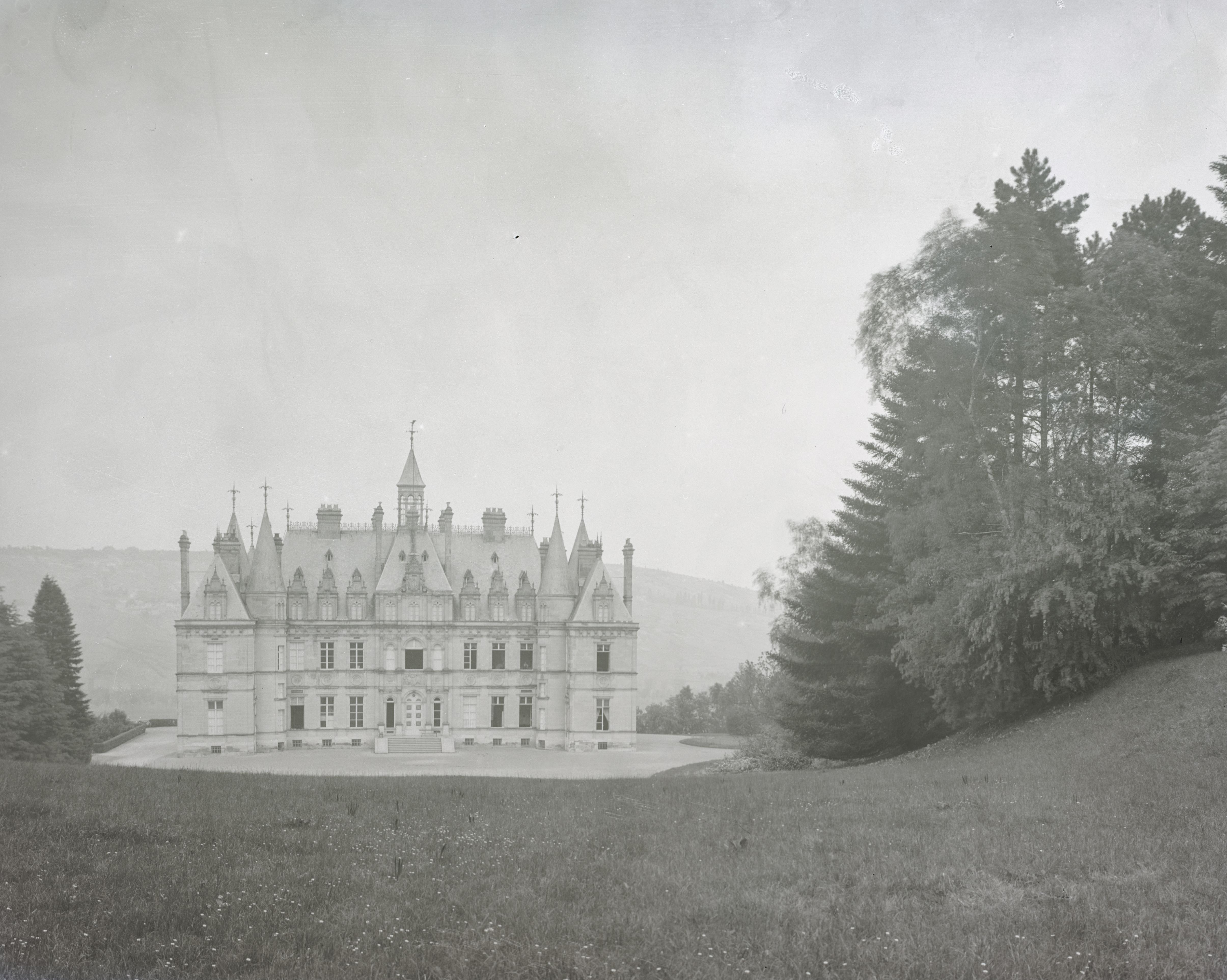 Ten of the most exquisite French châteaux, photographed for Country Life in 1906 and still standing today
Ten of the most exquisite French châteaux, photographed for Country Life in 1906 and still standing todayIn the early 20th century, Country Life commissioned Frederick H. Evans to photograph some of France's châteaux. Here are some of his efforts.
-
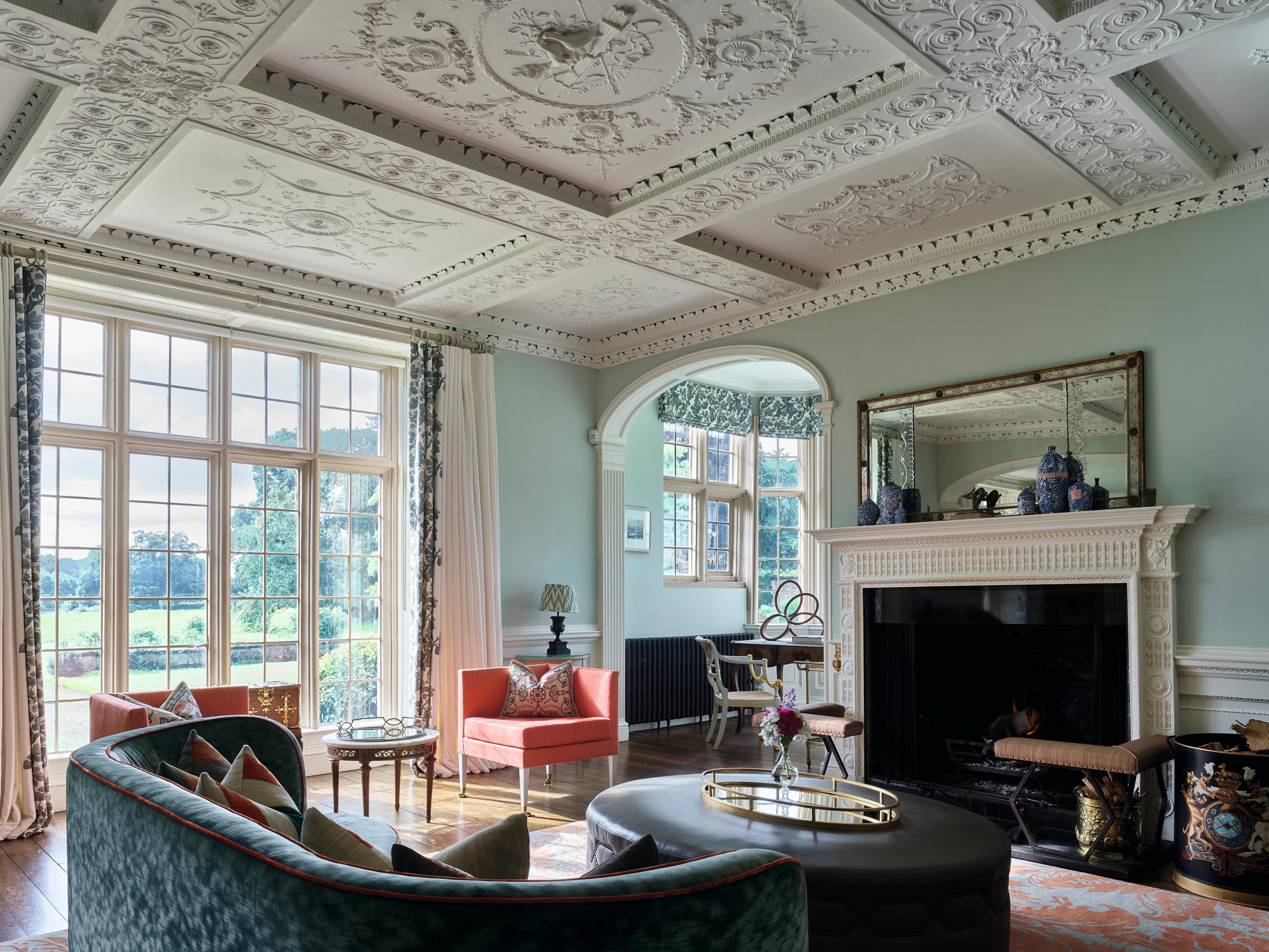 War, ruin and renaissance: Dorfold Hall's 400-year journey through the ages
War, ruin and renaissance: Dorfold Hall's 400-year journey through the agesJohn Goodall describes the antiquarian rediscovery of Dorfold Hall, Cheshire — home of Charles and Dr Candice Roundell — and the recent spectacular renewal of this important Jacobean house. Photographs by Paul Highnam for the Country Life Photo Library.
-
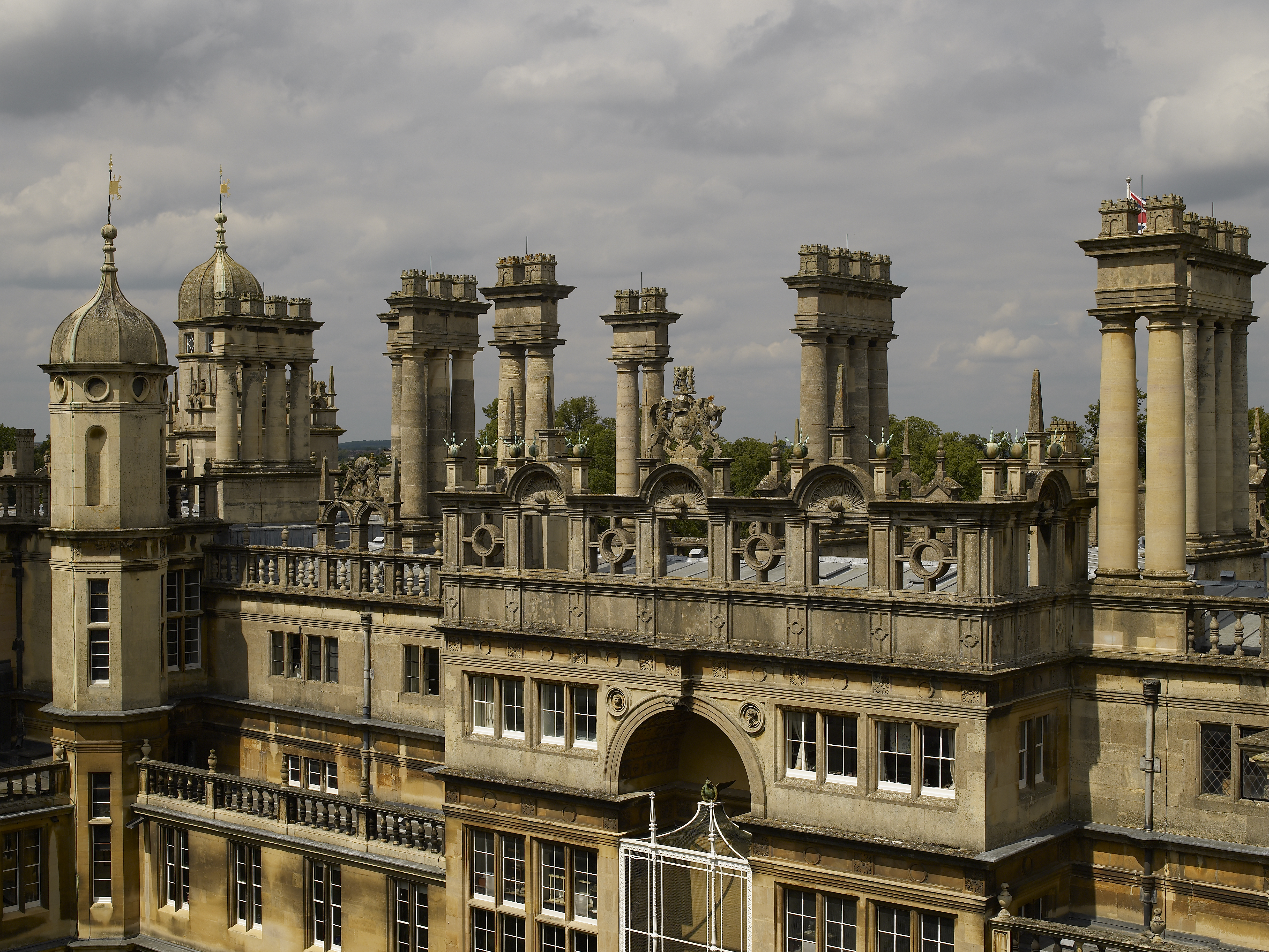 All fired up: 12 of our favourite chimneys, from grand architectural statements to modest brick stacks, as seen in Country Life
All fired up: 12 of our favourite chimneys, from grand architectural statements to modest brick stacks, as seen in Country LifeNothing says winter like a roaring fire, and plenty of the houses that we've photographed for the magazine's architectural places have fireplaces and chimneys worth boasting about.
-
 Dorfold Hall: The 'most neat and beautiful house of brick' that owes its existence to a desperate effort to secure succession
Dorfold Hall: The 'most neat and beautiful house of brick' that owes its existence to a desperate effort to secure successionDorfold Hall in Cheshire is an outstanding Jacobean house, but was an unexpected product of dynastic disappointment. John Goodall examines the remarkable circumstances of its construction; photographs by Paul Highnam for Country Life.
-
 Only a handful of Britain's great houses were photographed by Country Life in a ruinous state. This once splendid Gothic castle is one of them
Only a handful of Britain's great houses were photographed by Country Life in a ruinous state. This once splendid Gothic castle is one of themThis is the tragic tale of Tong Castle, a once great Georgian-Gothic castle that was eventually consumed by Nature.
-
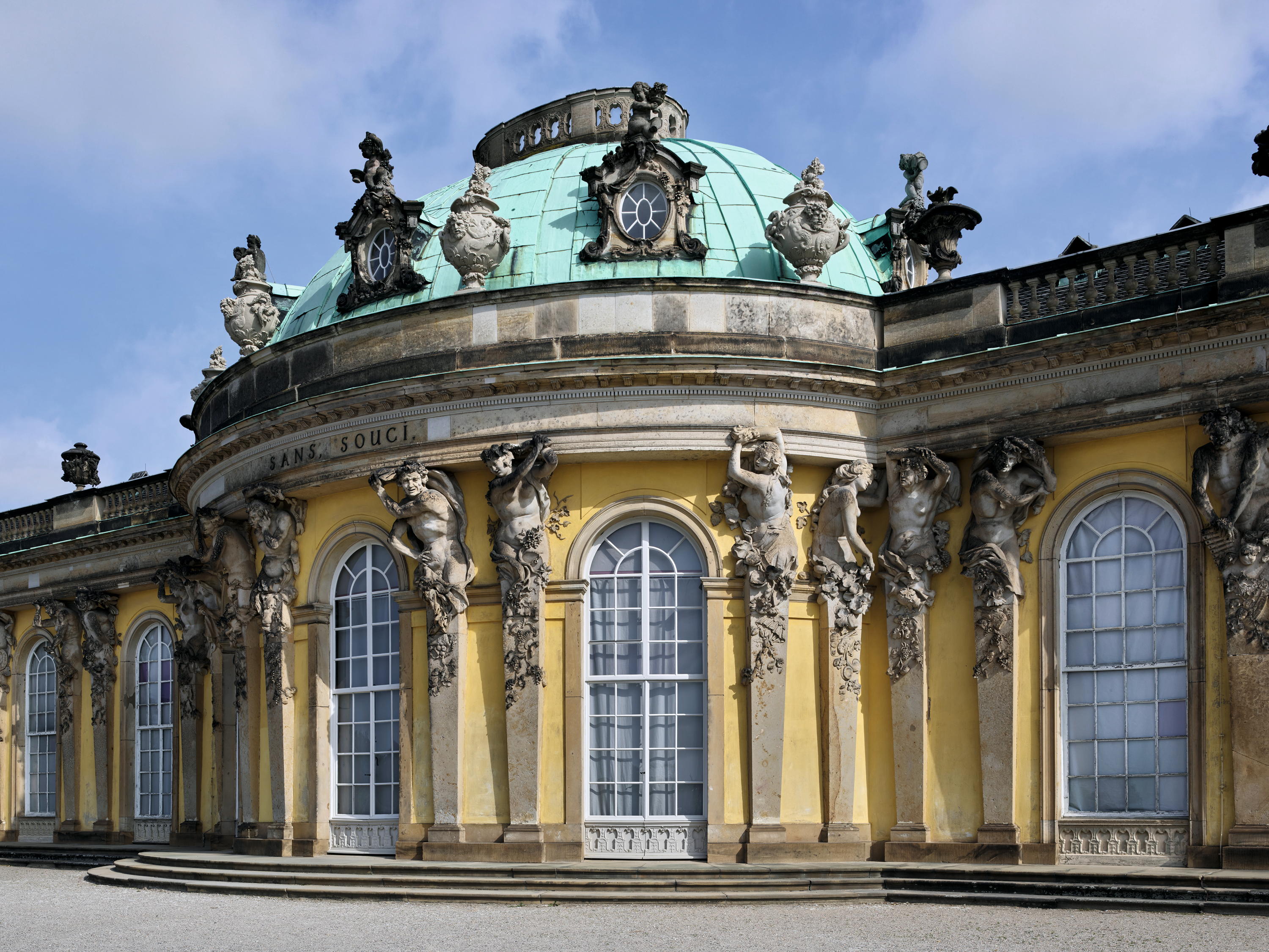 The Rococo jewel nestled into vineyard terraces that's a visual index of 'a king’s Enlightenment belief in knowledge, cultivation and the civilising power of Nature'
The Rococo jewel nestled into vineyard terraces that's a visual index of 'a king’s Enlightenment belief in knowledge, cultivation and the civilising power of Nature'A summer picnic in 1743 prompted Frederick the Great to create a retreat for himself outside his capital at Berlin. The result was the creation of Schloss Sanssouci in Brandenburg, as Aoife Caitríona Lau explains.
